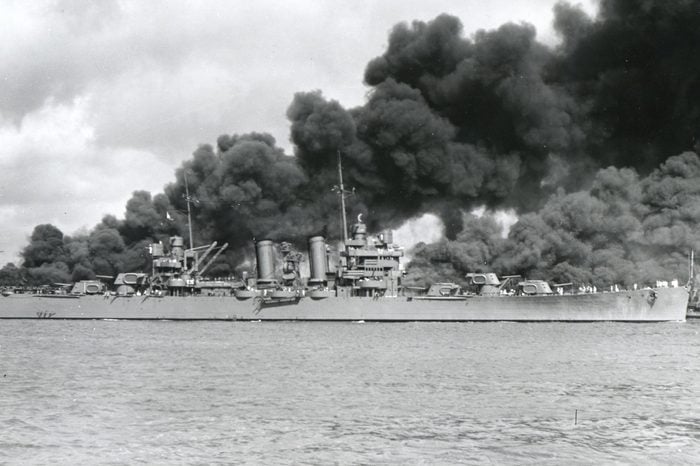
Did the government want the attack to happen?
On December 7, 1941, Japan attacked the U.S. naval base at Pearl Harbor in Hawaii. The day after, President Franklin D. Roosevelt declared it “a date which will live in infamy,” and Congress passed a declaration of war against Japan. The United States was officially a player in World War II. Still, it was no secret that even prior to the attack, FDR wanted to support Britain against Nazi Germany. The American people shut that down—up to 94 percent of the country opposed an intervention. That’s why some fringe historians argue that the president welcomed the attack from Japan. After all, it riled up the American people and got them ready to fight. Read up on the 16 strangest unsolved mysteries of all time.
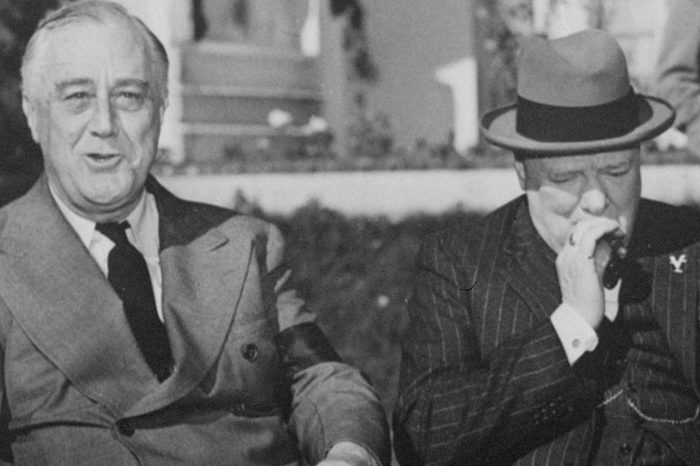
Did the United States provoke Japan on purpose?
On a similar theme, some government officials believe the United States knew exactly what it was doing as it got more and more belligerent in its talks with Japan. “Prior to December 7, it was evident even to me…that we were pushing Japan into a corner,” said Vice Admiral Frank Edmund Beatty Jr., who at the time of the attack was an aide to the Secretary of the Navy Frank Knox, in a 1958 issue of U.S. News and World Report. “I believed that it was the desire of President Roosevelt, and Prime Minister Churchill that we get into the war, as they felt the Allies could not win without us and all our efforts to cause the Germans to declare war on us failed; the conditions we imposed upon Japan—to get out of China, for example—were so severe that we knew the nation could not accept them. We were forcing her so severely that we could have known that she would react toward the United States.”
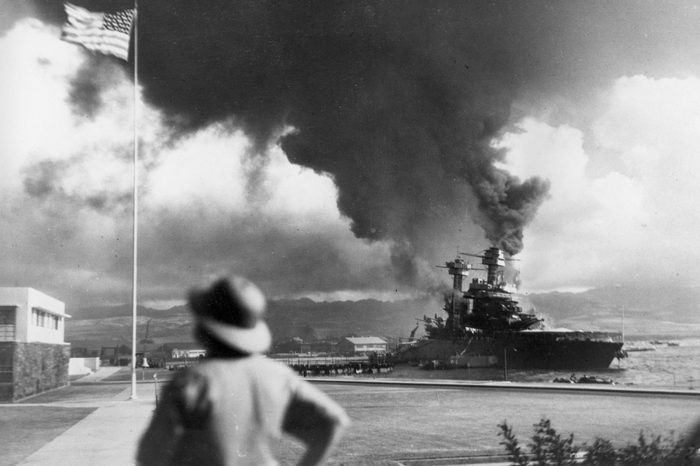
“So much the better” if Japan commits an act of war
A year before Pearl Harbor, Lieutenant Commander Arthur H. McCollum of the Office of Naval Intelligence submitted a memo to two Navy captains that outlined numerous actions the United States could take to provoke Japan to attack. The letter was made public in 1994. It included the line, “If by these means Japan could be led to commit an overt act of war, so much the better.” It’s still unclear if the memo ever reached FDR, or even if it reached the highest levels of Navy command. Still, the government followed all the recommendations that the memo made.
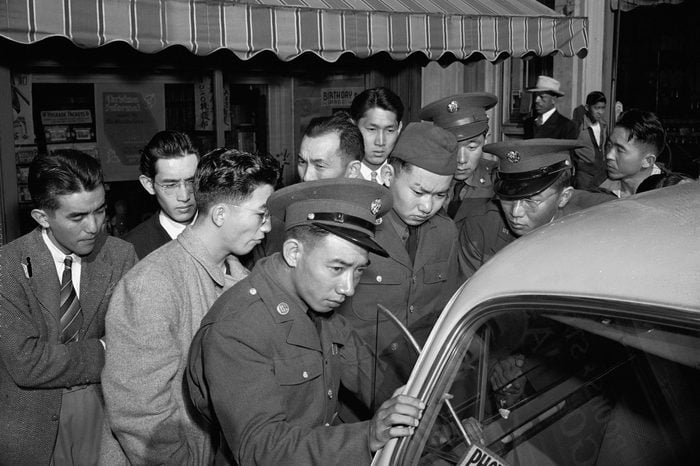
Did Japanese participants know the full extent of the attack?
The idea of a full-on surprise attack was controversial even among the ranks of the Japanese military. “When one of the lead dive bombers in the attack on Pearl Harbor, Zenji Abe, heard this story—that they had not given any notice beforehand and had attacked without warning—he was filled with shame and remorse,” Craig Nelson, historian and author of the book Pearl Harbor: From Infamy to Greatness, told the USO. “Abe arranges for a group of them to come to Pearl Harbor for the anniversary. And they show up and at first, nobody will have anything to do with them. But he keeps trying and trying, and finally, he meets a Marine bugler from West Virginia named Richard Fiske, who had survived Pearl Harbor and Iwo Jima. [Fiske] said that he had spent almost 50 years hating the Japanese, but they became friends. They arranged so that every year, Fiske would appear with roses donated by Abe and play American and Japanese taps at Pearl Harbor.” Here’s what the government knows about Area 51 that you don’t.
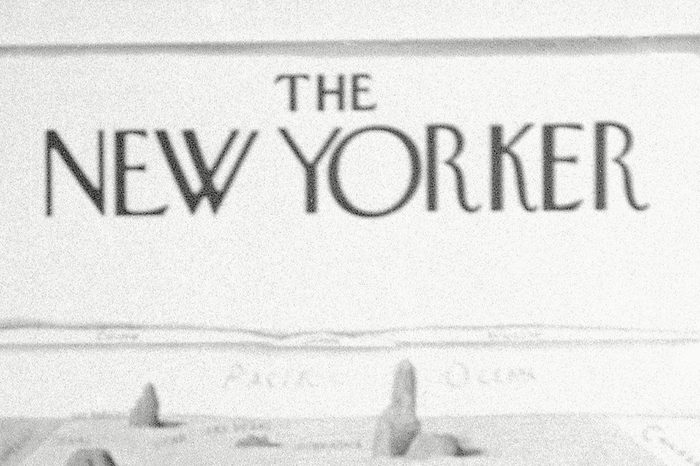
Was there a warning about the attack in the New Yorker magazine?
On November 21st, a series of ads appeared in the New Yorker magazine for a dice game called “The Deadly Double.” The headline was “Achtung, Warning, Alert!” (Achtung means danger in German). An image showed people in an air raid shelter playing dice. The dice in the photo were numbered 12 and 7. As a date, that’d be December 7th. “No dice has 12 and seven on them. The game never existed and the company that supposedly made it never existed,” Nelson told the USO. “Military intelligence investigated this, but everything led to a dead end. The person buying the ad space had brought the copy in person, paid in cash and no one knows what the real story is behind that creepy ad.”
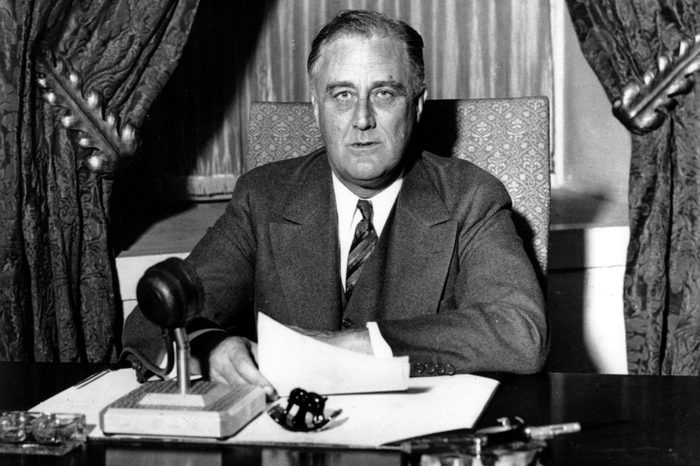
Did FDR know about the attack?
It is largely acknowledged that FDR and other top officials expected a Japanese military action on December 6 or 7. Still, they didn’t know where it would occur, and most information suggested it’d take place in British, Dutch, or French possessions in Southeast Asia. If there was any lingering conspiracy that FDR knew where it would occur, credible historians put it to bed. “It is implausible to think that Roosevelt, a former assistant secretary of the Navy, would have exposed so much of the U.S. fleet to destruction at Pearl Harbor had he known an assault was coming,” writes Britannica. “If his only purpose was to use a Japanese attack to bring the United States into the war, he could have done so with the loss of just a few destroyers and some airplanes.” Check out the these 10 tricky U.S. war history questions most people don’t get right.
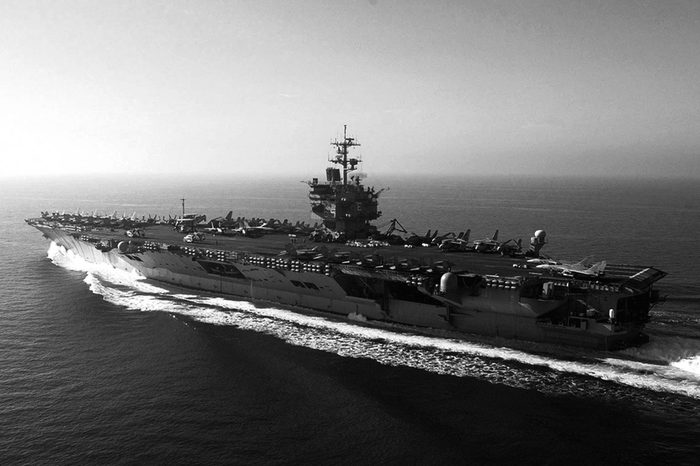
Why weren’t the important ships in the harbor?
At the time of the Pearl Harbor attack, none of the three aircraft carriers assigned to the harbor were in port. Some conspiracy theorists say that’s because officials knew about the attack in advance and saved their most valuable ships from destruction. Two carriers were on missions to Wake and Midway Islands. The third was in Puget Sound in Washington state for a routine refit.
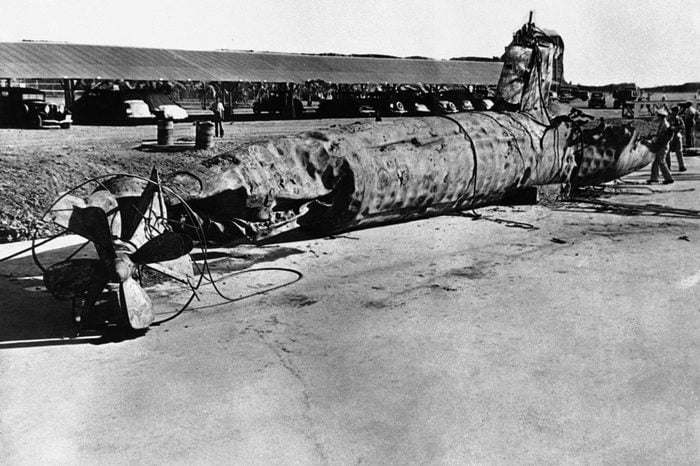
Why did we ignore the Japanese submarines outside the harbor?
At 6:37 a.m., about an hour before the first round of air attacks on Pearl Harbor, a U.S. destroyer, the USS Ward, spotted and attacked Japanese submarines outside the entrance to Pearl Harbor. The destroyer sunk at least one of the subs. It’s unclear why this didn’t lead to a swift response—at the very least, the navy could have dispersed some of its aircraft from the harbor. But according to the Christian Science Monitor, “U.S. military officials did not heed the warning provided by the Ward, or did not believe it, or simply were unable to react in time.” Here are 12 secrets they’re still not telling you about 9/11.
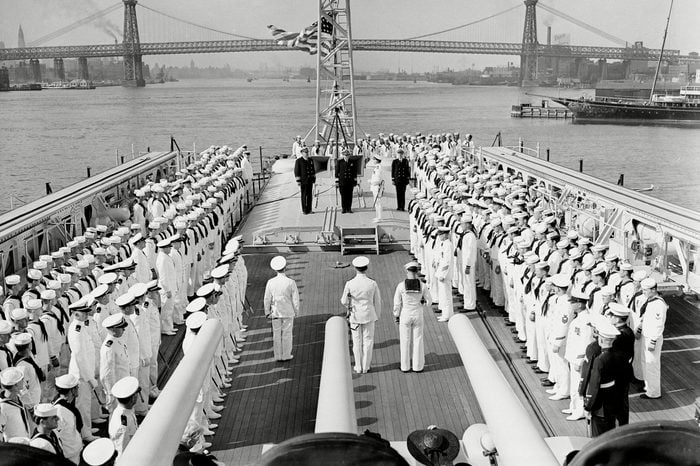
Did military commanders at Pearl Harbor do everything they could to protect their men?
It’s worth repeating that most credible historians reject the idea that Pearl Harbor was a conspiracy to trick the American public into welcoming a war. Still, theories abound. To clear the names of two men involved, Admiral Husband Kimmel and General Walter Short, the military commanders at Pearl Harbor, Congress passed a defense authorization bill in 2000 that included a provision to absolve Kimmel and Short of any blame. It declared that they were not “provided necessary and critical intelligence that would have alerted them to prepare for the attack,” writes Britannica.
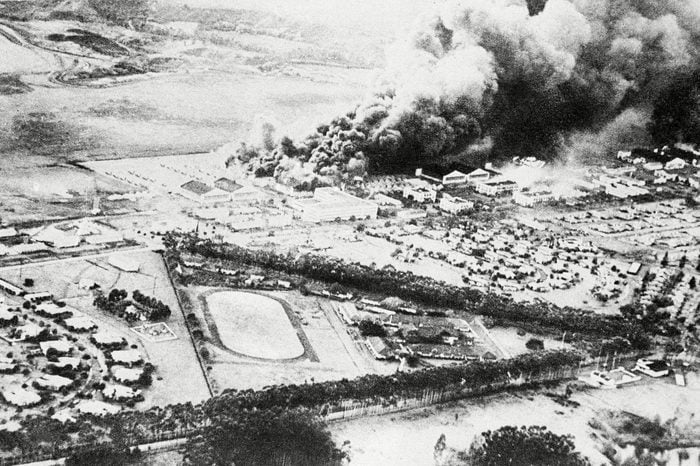
How devastating was it—really?
Craig Nelson, the historian who wrote Pearl Harbor: From Infamy to Greatness, says one of the greatest pieces of misinformation about Pearl Harbor was how much damage was actually done. “Remember after 9/11, they had the pictures of people jumping off the towers, and how they made this effort to sort of scrub all that away?” he told TIME. “Something sort of similar happened with Pearl Harbor, where they tried not letting people know how devastating it was. Roosevelt announced that 300 people had died when it was 2,403. There’s almost a protective quality the government wants to have, to go, ‘Oh, this wasn’t as bad as you think,’ when it’s much worse than any one of them thought.” Next up, learn the 12 crazy conspiracy theories turned out to be true.